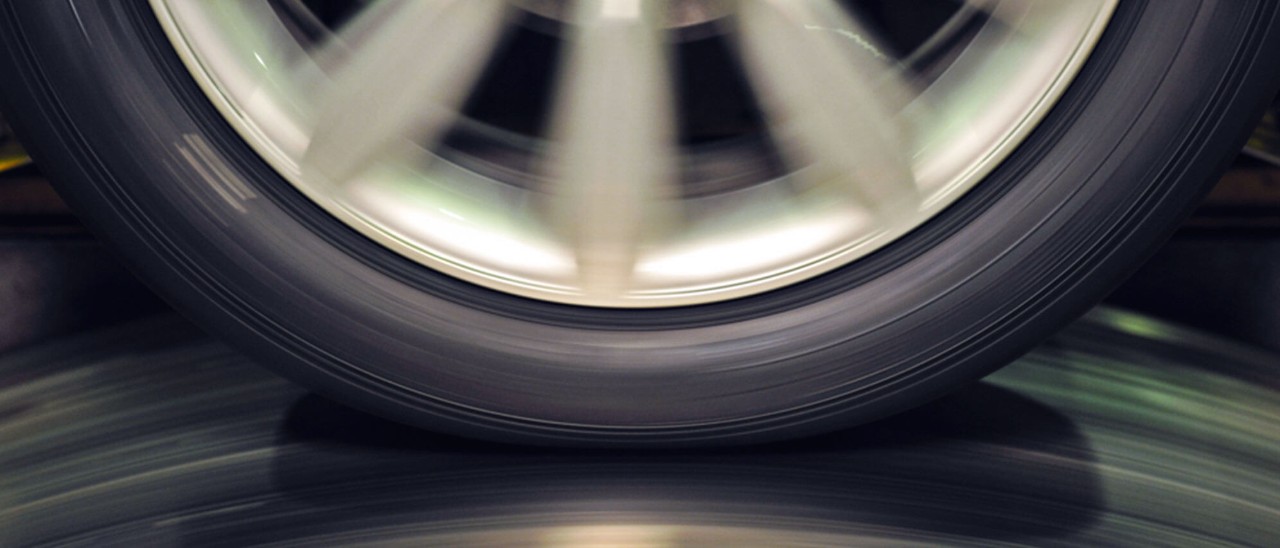Blend
Up to 30 different kinds of rubber, fillers and other ingredients are used in your tyre’s rubber. The ingredients are mixed in giant blenders to create a black, gummy compound that will be sent on for milling.
Mill
The cooled rubber is cut into strips that will form the basic structure of the tyre itself. At the milling stage, other elements of the tyre are prepared, some of which are then coated in another type of rubber.
Build
It’s now time to make the tyre – from the inside out. The textile elements, steel belts, beads, ply, tread, and other components are placed in a tyre-building machine. The result is a ‘green tyre’ – a tyre that is beginning to look finished.









